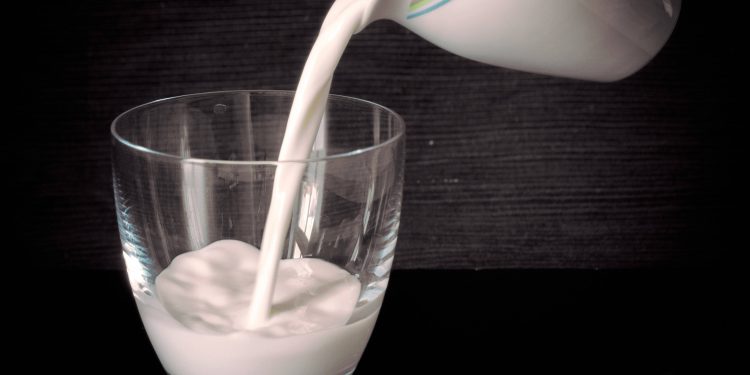Hyderabad: In view of various reports claiming chemical adulteration in milk, researchers from the Indian Institute of Technology – Hyderabad (IIT-H) are developing a novel smartphone-based sensor that deploys machine-learning (ML) algorithms to detect colour changes according to the acidity of the milk.
The conventional way to detect adulteration in milk is to analyse the chemicals that are present in it by complex processes.
But the novel method, with nearly 100 per cent acuracy, seeks to detect contamination through sensing changes in the biophysical properties of milk, such as acidity, electrical conductivity and refractive index (passage of light through material), the researchers said, in the paper published in the journal Food Analytical Methods.
As a first step, the team led by Professor Shiv Govind Singh, developed a sensor-chip based method for measuring pH, an indicator of the acidity.
They used a process called “electrospinning” to produce paper-like material made of nanosized (10-9 m diameter) fibres of nylon, loaded with a combination of three dyes.
The paper is “halochromic”, that is, it changes colour in response to changes in acidity.
They also developed a prototype smartphone-based algorithm, in which, the colours of the sensor strips after dipping in milk are captured using the camera of the phone, and the data is transformed into pH (acidity) ranges.
They have used three ML algorithms and compared their detection efficiencies in classifying the colour of the indicator strips.
On testing with milk spiked with various combinations of contaminants, they found near-perfect classification with accuracy of 99.71 per cent.
“While techniques such as chromatography and spectroscopy can be used to detect adulteration, such techniques generally require expensive setup and are not amenable to miniaturization into low-cost easy-to-use devices. Hence, they do not appeal to the vast majority of milk consumers in the developing world,” said, in a statement Tuesday.
“We need to develop simple devices that the consumer can use to detect milk contamination. It should be possible to make milk adulteration detection fail-safe by monitoring all of these parameters at the same time, without the need for expensive equipment,” he added.
A recent report by the Animal Welfare Board shows that 68.7 per cent of milk and milk by-products in the country are adulterated with products such as detergent, glucose, urea, caustic soda, white paint and oil.
Chemicals such as formalin, hydrogen peroxide, boric acid and antibiotics could also be added to milk to increase shelf life.
IANS






































